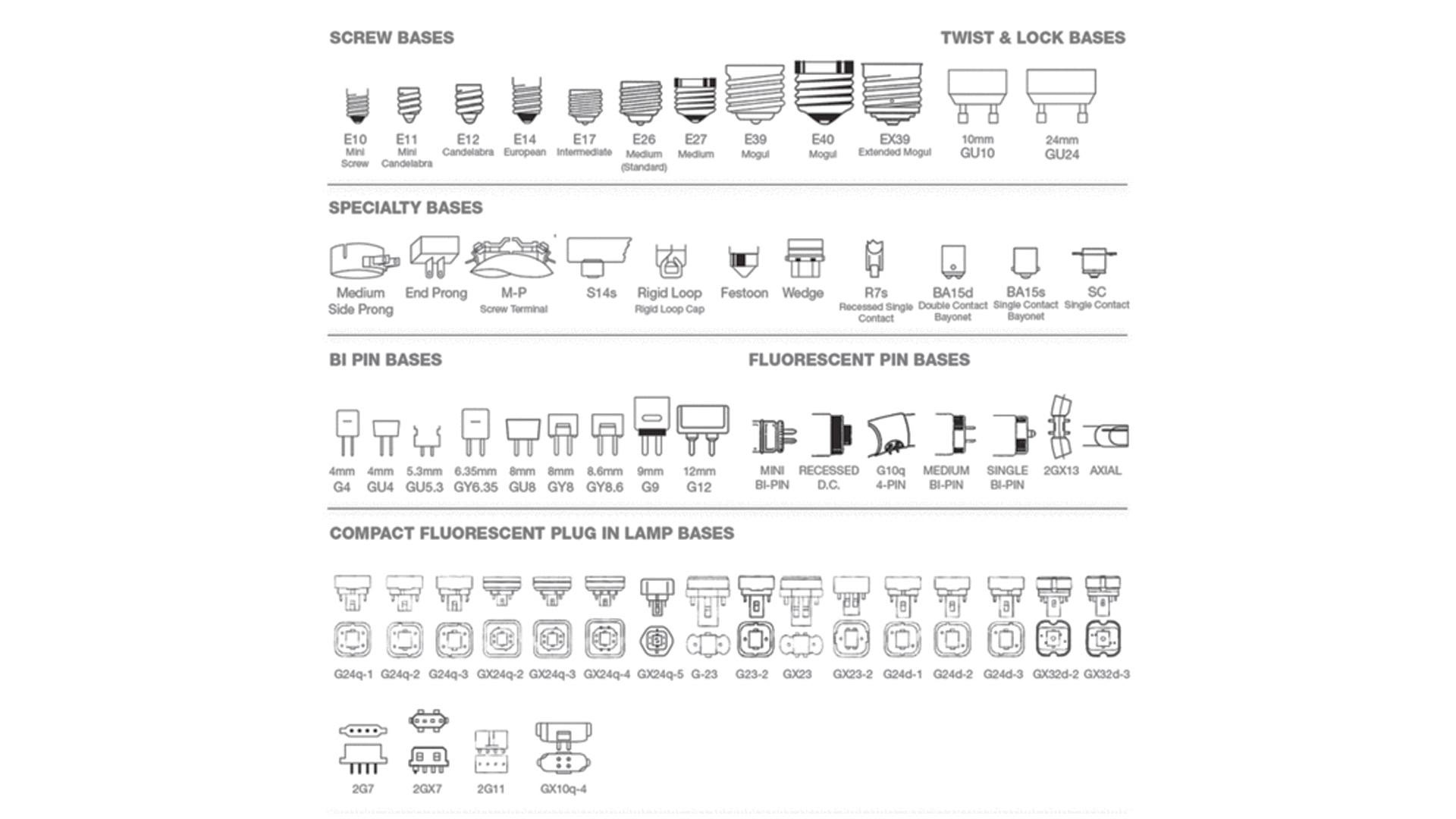Affiliate links on Android Authority may earn us a commission. Learn more.
How to choose the right light bulbs for your home
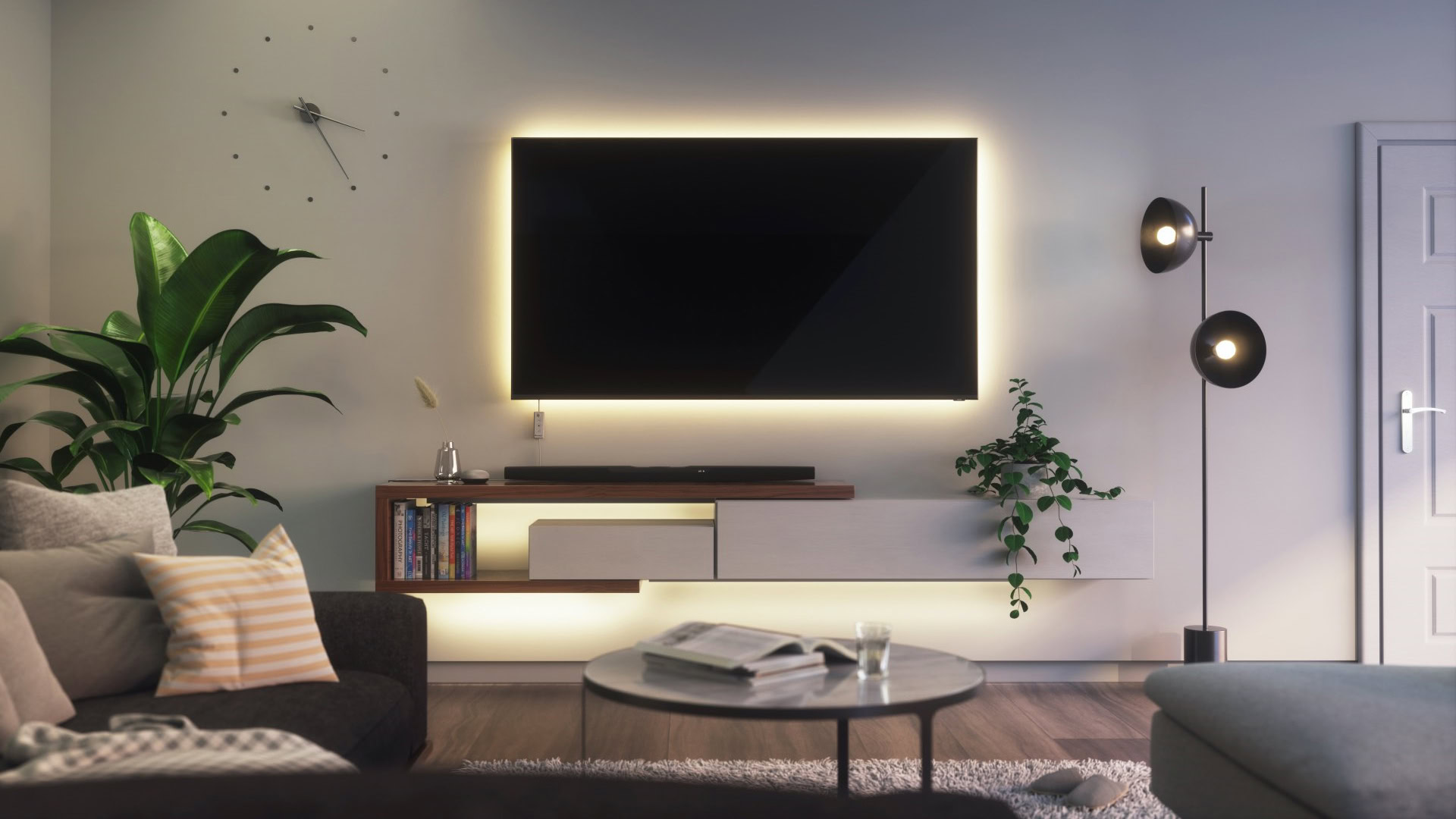
Whether you’re decking out a new home or upgrading an existing one, one of the most fundamental questions is lighting. There’s a potentially baffling assortment of issues when you’re going bulb shopping, and that’s before you consider the many smart bulb options out there. The guide below should help sort out the confusion.
JUMP TO KEY SECTIONS
Determine the right light bulb socket
Socket compatibility is perhaps the most fundamental question, since a bulb with a mismatched socket type won’t fit in your light fixtures, let alone turn on. There are three major types you’re likely to encounter in North America:
- E26: The most common by far. If a fixture looks like it fits “normal” bulbs, this is probably what you’re seeing.
- E12: Also known as a “candelabra” socket, you’re more likely to find this on products like chandeliers.
- GU10: This uses a twist-and-lock attachment, and tends to be found only in spotlights.
There are many other types out there though, as you can see in the chart above. Some other notables include E27, E11 (“miniature candelabra”), E14 (European), and GU24. E27 bulbs can sometimes be used in E26 sockets, but they’re really meant for the higher voltages used in Europe.
When checking compatibility, search for labels on fixtures and bulbs. If there’s still doubt, bring one or more of your existing bulbs with you to a retail store. There you can make a visual match, or at least ask clerks for help.
Choosing the right bulb type
With sockets sorted, you still have to choose among several different bulb types, some of which overlap. Here’s the jargon to know.
LED
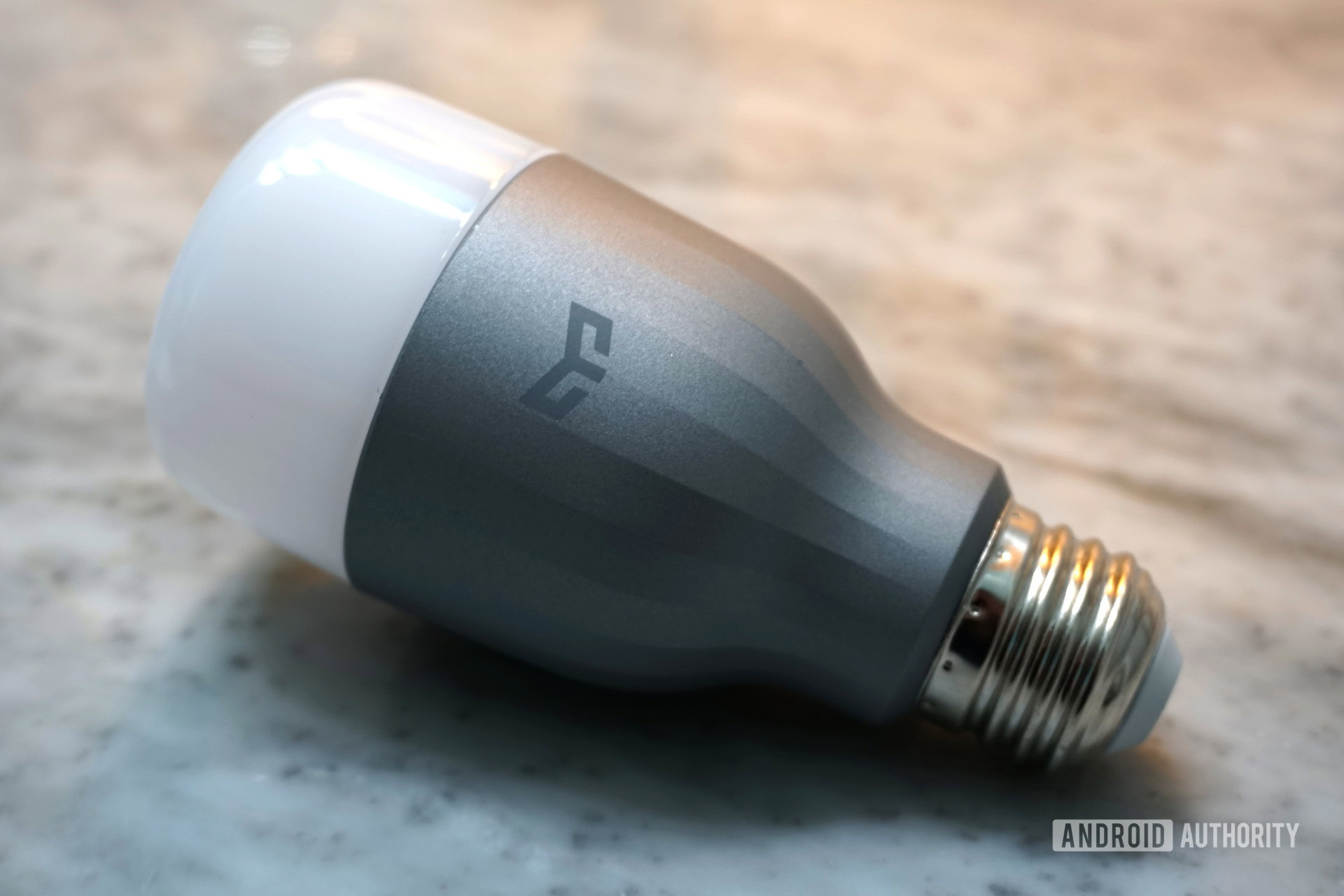
The modern standard, LED produces an intense amount of light relative to the power it consumes — a 7W LED can generate light equivalent to a 40W incandescent. LEDs also contain more advanced electronics, and are what you’ll inevitably be using if you want something color-changing or programmable. You can’t buy a non-LED smart bulb.
Incandescent
Don’t expect to find incandescent bulbs in stores anymore. While they were the standard for many decades, they’re unnecessarily power-hungry and short-lived compared to current alternatives. Their only use is as a reference point.
Fluorescent
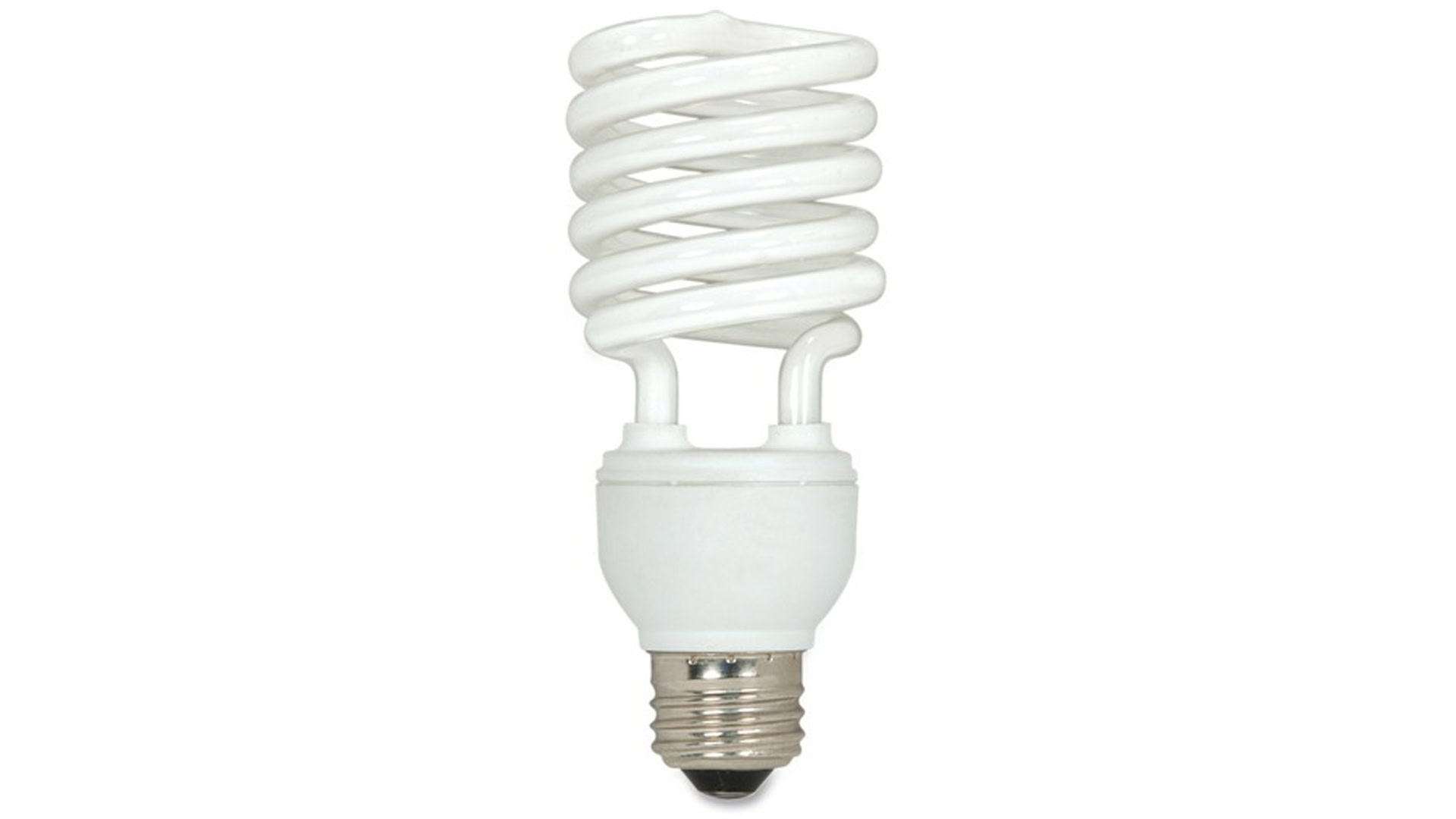
Fluorescents are most familiar as those tubes on the ceilings of kitchens, stores, offices, and other large spaces. You can also get compact fluorescent (CFL) bulbs like the one above however, which are a viable alternative to LED, if still not as power-efficient. Another problem is that many people don’t like fluorescent color temperatures, which often skew cool or neutral.
Halogen
Outside of niche applications, these should be avoided as much as incandescents. They last longer, but still not as long as LEDs, and top of that they’re fragile and prone to getting extremely hot. Their infrared output can potentially damage art and fabrics.
Filament
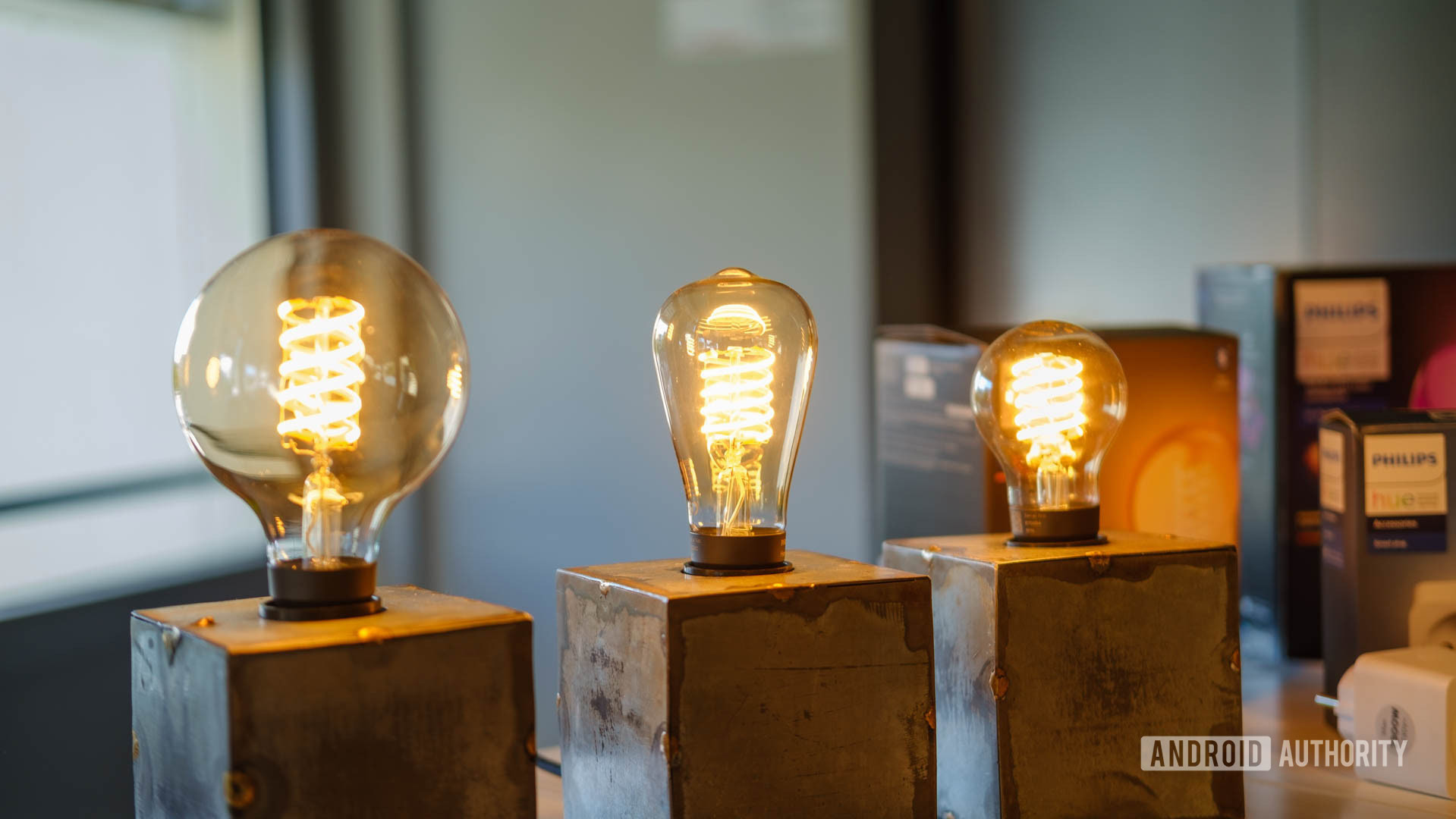
Modern filaments are a subset of LED, but replicate the style and output of the earliest light bulbs, and are sometimes referred to as a “Edison” or “vintage” bulbs for that reason. Expect lower brightness and warmer color temperatures, often in amber hues. The advantage of course is that filaments are dim and beautiful enough to be used without shading — their retro look is a staple of hipster bars around the world.
Dimmable vs. non-dimmable
Many bulbs are dimmable, meaning they have adjustable brightness. You’ll need to check this on packaging though, and pair dimmable bulbs with dimming light switches if the bulbs aren’t smart. Remember also that LEDs may not work well with older dimmers, for instance flickering or failing to shut off at the lowest setting. In that case you’ll have to upgrade your switches or use non-dimmable options.
Smart bulbs
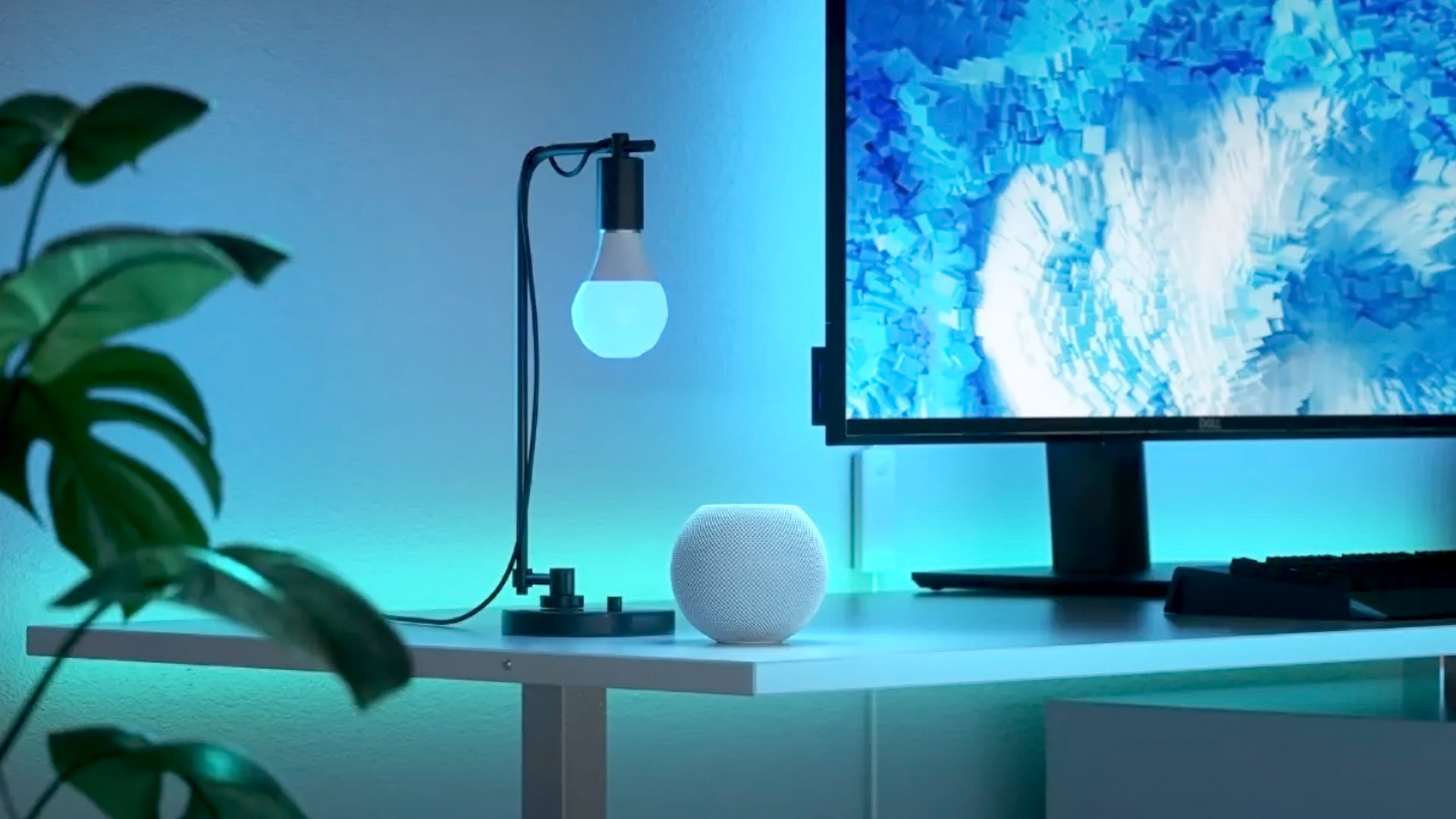
Smart bulbs are relatively expensive. They sport extra circuitry for technologies like Wi-Fi and Thread, and some brands (such as Philips Hue) even require dedicated hubs. What you gain in return is remote control and automation, managed via phones, computers, smart speakers, and many other devices. More advanced bulbs are color-changing, and may be able to sync with music, PCs, or (more rarely) your TV. TV sync usually demands extra hardware.
Some important notes — first, whenever you install one, its matching switch needs to be left in the “on” position for smart features to work. That makes smart bulbs best suited to desk, table, or floor lamps with their own switches, rather than fixtures connected to wall-mounted controls.
Second, check platform compatibility before buying anything. A bulb made for Apple HomeKit, for example, might not work with Amazon Alexa or Google Home. The Matter protocol is intended to solve this, but necessary updates are rolling out slowly.
Know your watts and lumens
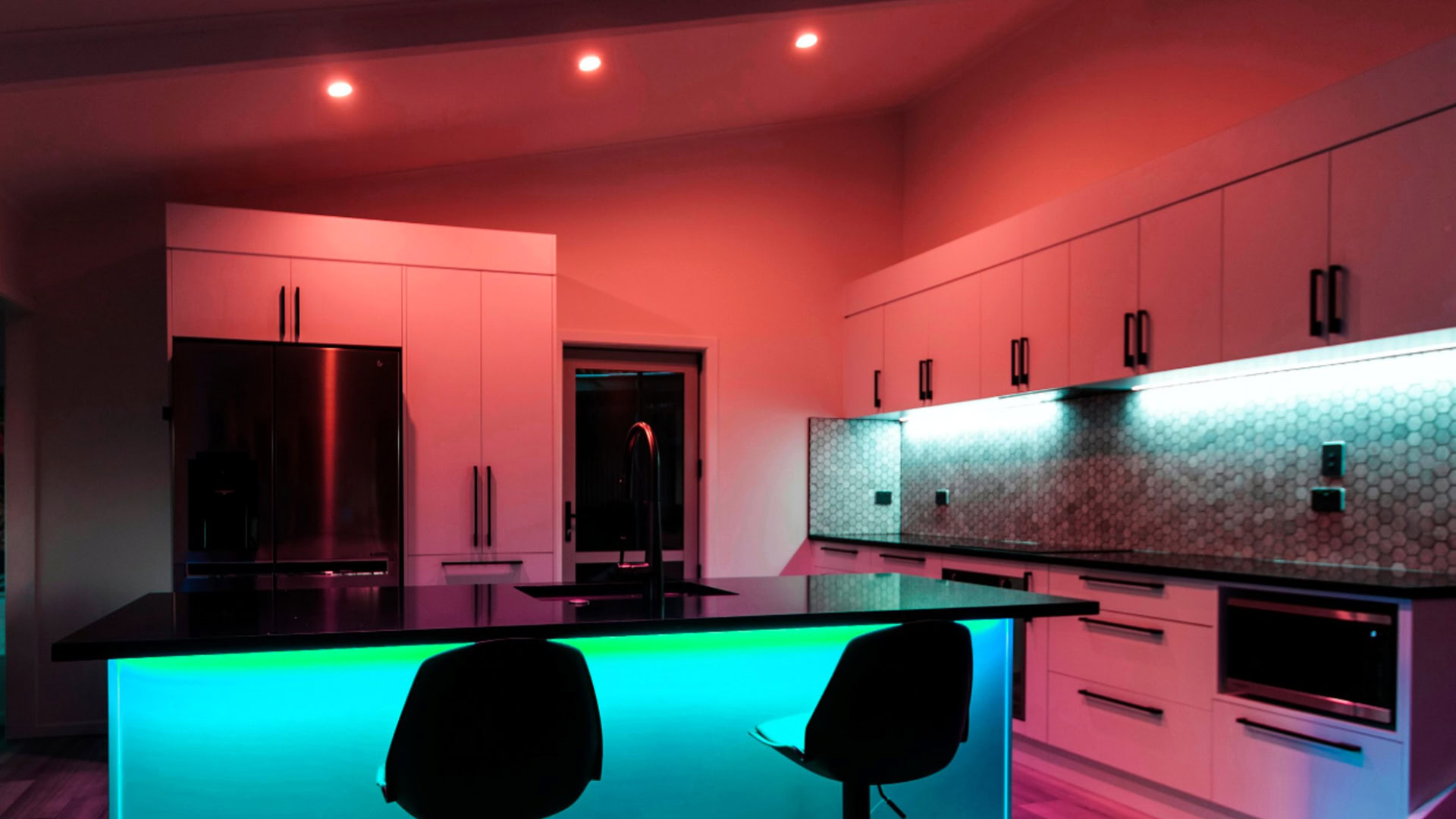
Before we continue, let’s establish some definitions. Wattage represents the amount of power a bulb consumes, while lumens are a measure of brightness. It’s important to distinguish the two, since while high wattage sometimes translates into more brightness, these numbers are increasingly disconnected in the LED age. The most powerful Philips Hue LED consumes just 16W, but puts out 1,600 lumens, which is probably too bright for most rooms.
Regardless, it’s important to choose bulbs rated at or below the maximum wattage supported by fixtures you plan to use them in. That’s not usually a worry with LEDs, but may be with other bulb types.
Also, unless you’re deliberately seeking low-intensity bulbs like filaments or spotlights, demand brightness of 800 lumens or higher. Even then you may sometimes need multiple lights to fill the dark corners of a room. If you only expect to have one or two bulbs in a space, you’ll probably want 1,000 lumens or more.
That’s especially true with color-changing smart bulbs, which can only achieve peak brightness within a narrow color range. Switching to hues like red or purple can drastically slash output. The higher a bulb’s lumen rating, the more likely it is that multiple colors will provide useful illumination.
Choosing the right color temperature

Apart from automation, one of the major reasons to choose a color-changing smart bulb is flexibility. Whether or not you care about special effects, you’re never stuck with a given color — you can have white in the morning, an amber glow for dinner, and an eerie red for movie night.
“White” actually comes in several standard color ranges, measured in degrees Kelvin (K). Though it might sound counterintuitive to people who aren’t scientists or photographers, the higher the number, the “cooler” a color becomes.
- Candlelight (around 1500K) is extremely warm, verging on red. You won’t want this as a lone color on a primary light source.
- Warm white (2,700-3,000K) is comparable to old incandescent bulbs, and probably about as warm as most people want to get, unless they’re into amber filaments that get as warm as 2,000K.
- Bright white (3,000-4,500K), despite its name, is closer to what you’d see in early morning or late afternoon sunlight.
- Daylight/cool white (4,500-6,500K) hovers around the color of the midday sun. Bulbs closer to 6,500K will show a blue tint.
The best option is up to personal preference. That said, most people should probably pick bright white or daylight if they’re not chasing a specific aesthetic or planning to get a smart bulb. Those options create a more neutral look, and daylight can even be psychologically helpful to people who suffer from seasonal affective disorders.
Smart bulbs, smart plugs, smart lamps, or smart switches?
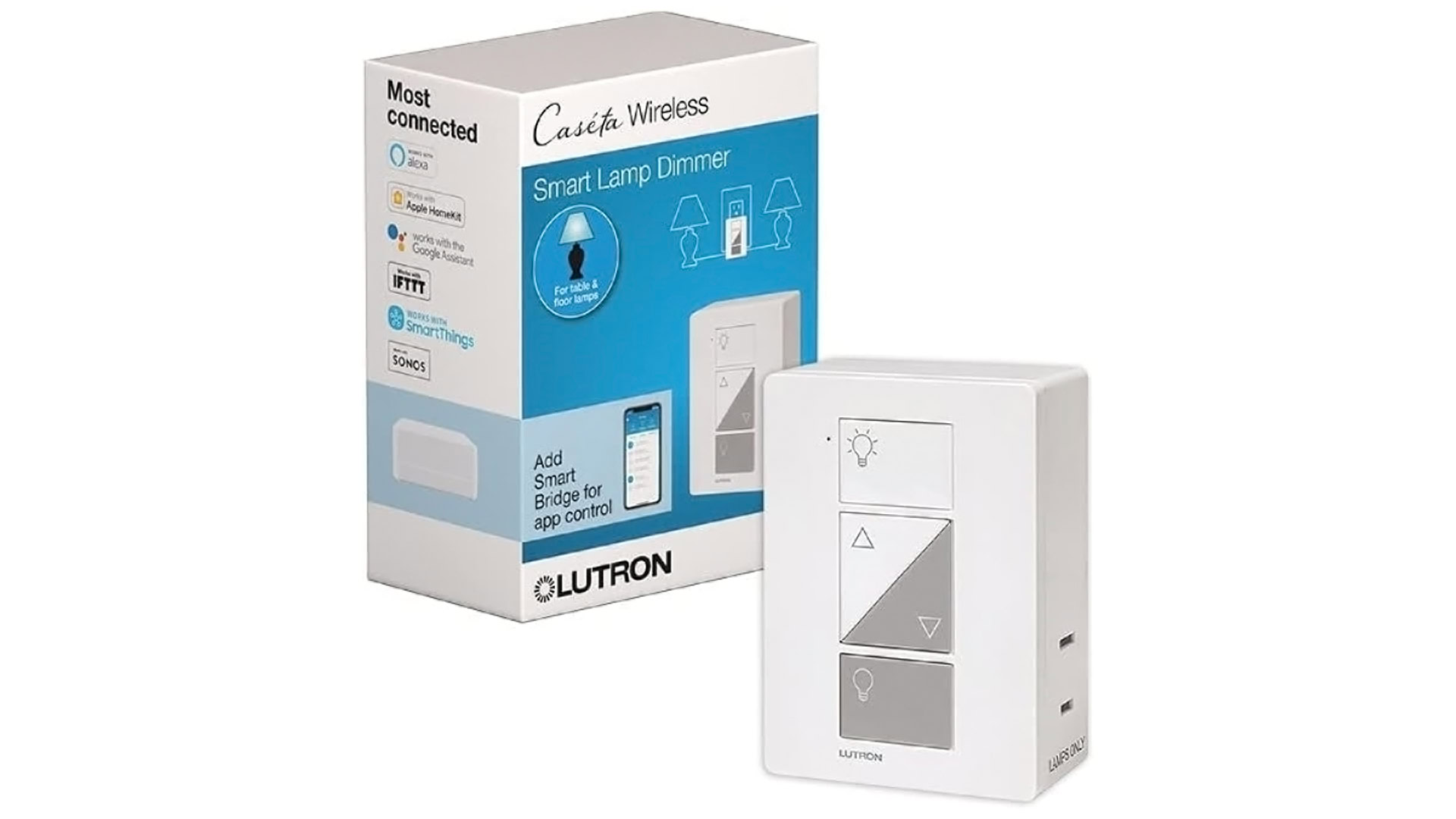
Should you decide to go the smart route, smart bulbs aren’t your only option. You can connect conventional lights to smart plugs or smart switches, which offer similar options for automation and remote control. You can also buy an all-in-one smart lamp if you need that form factor and want it to be smart from the get-go.
Plugs are the cheapest path, but sacrifice easy manual control, as well as brightness and color-changing capabilities. Color options remain missing from smart switches too, but some support dimming, and they’re easily the best choice if you’re worried about convenience and people accidentally turning things off. Toggling a smart switch manually won’t kill automations.
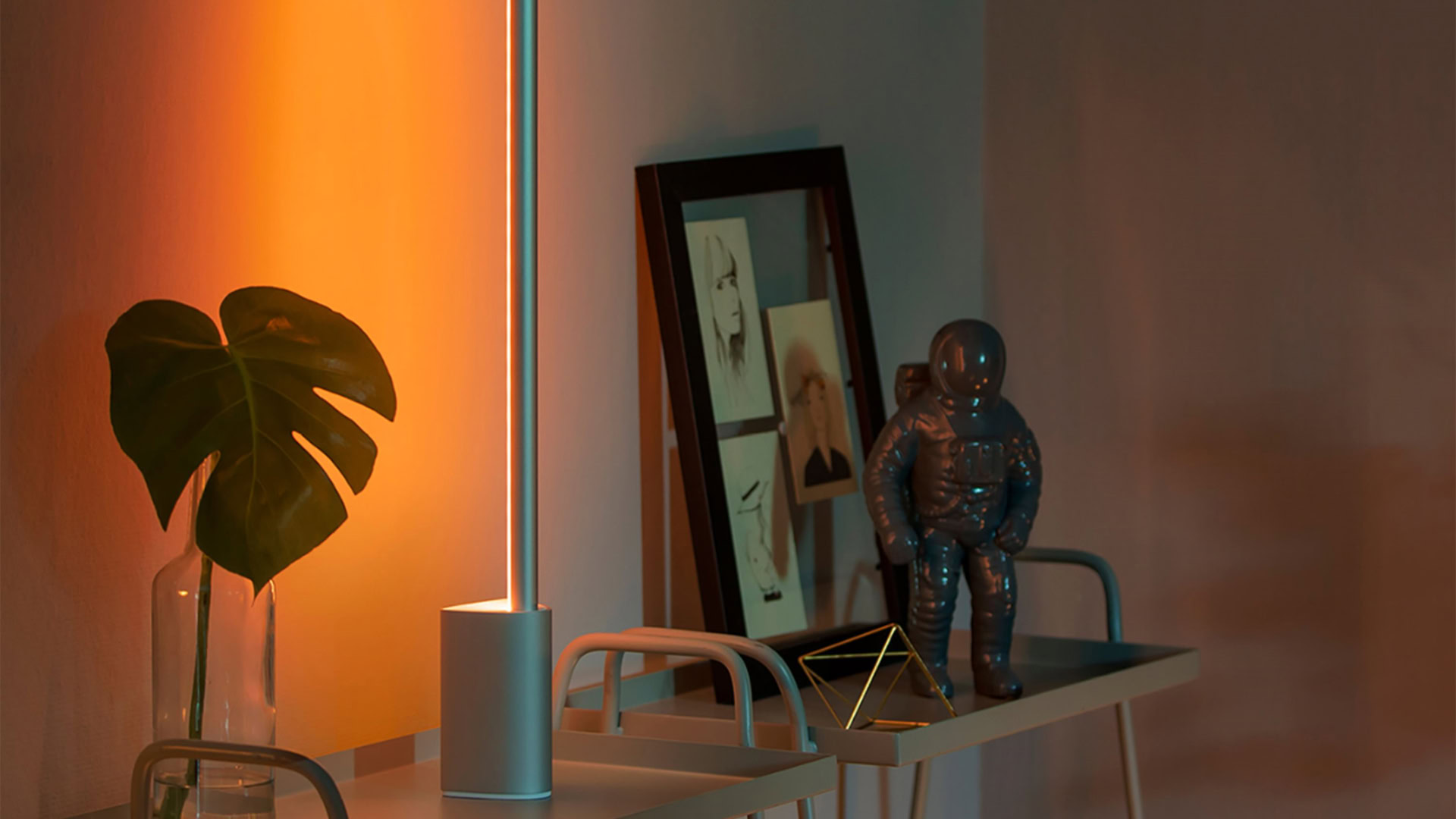
Smart lamps offer all the color and brightness possibilities of smart bulbs, as well as unique designs that wouldn’t be possible otherwise, but their all-in-one nature means you’re stuck with them as-is. You usually can’t change out their LEDs, whether for customization or extending their lifecycle.
Read more: The best smart home devices
